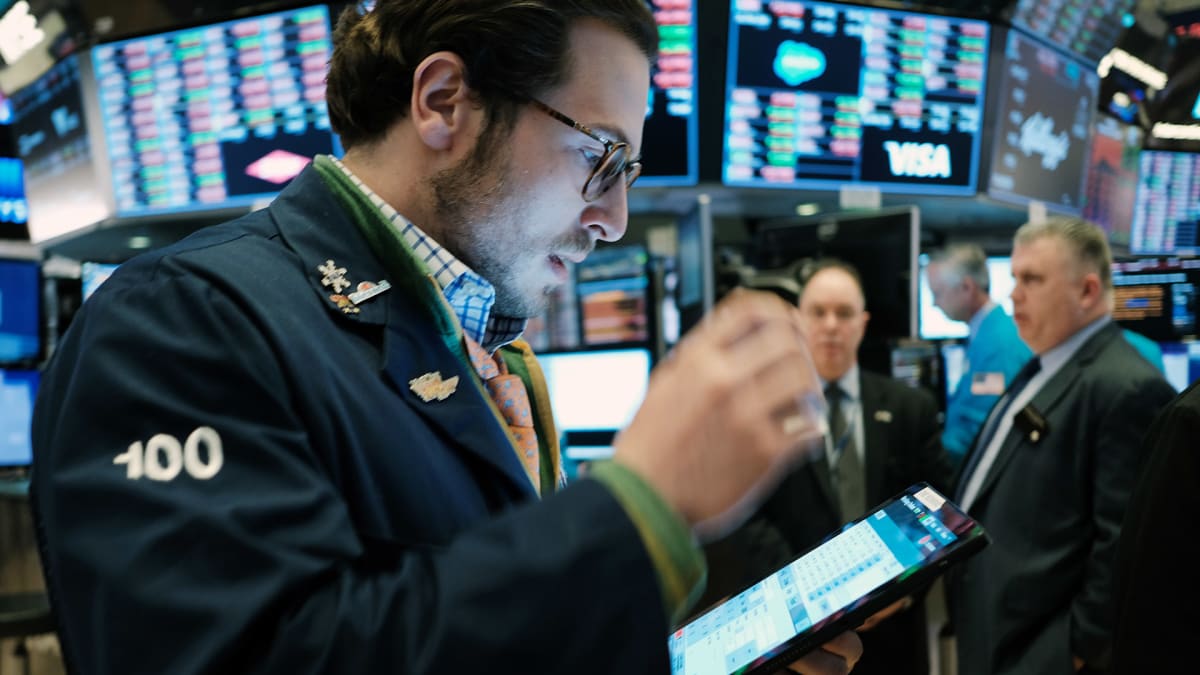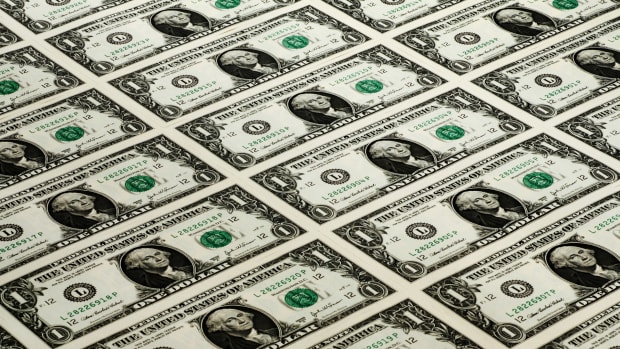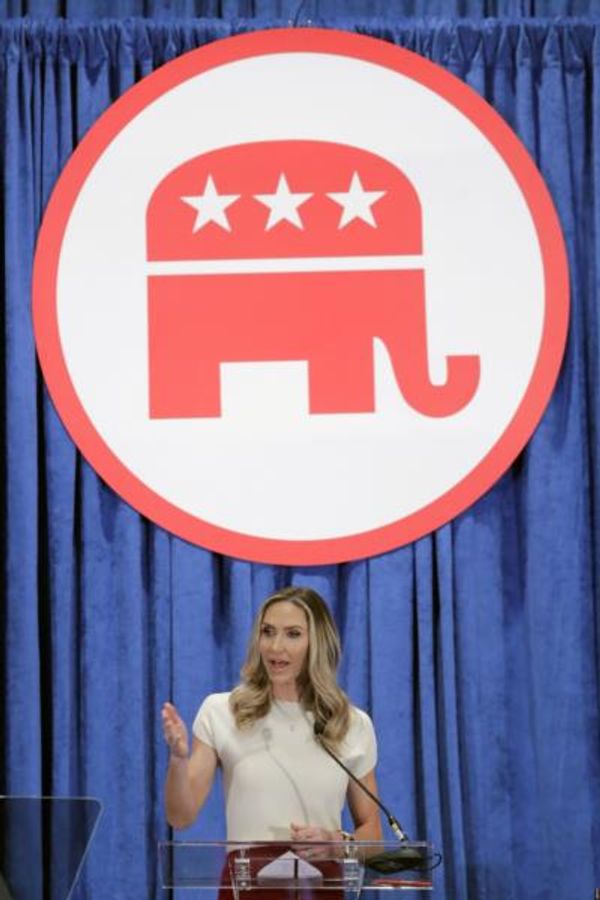
Signs that the economy is cooling off are rising as growth in many industries has begin declining while banks will tighten lending.
The Atlanta Federal Reserve revised its estimate of growth during the first quarter to 1.7% from its previous estimate of 2.5%.
DON'T MISS: Don't Expect Major Stock Moves for Rest of Year: Experts
The Fed said the combination of lower construction spending and a decline in manufacturing from the Institute for Supply Management led to the revised estimate. The declines were "slightly offset by an increase in the nowcast of first-quarter real government spending growth from 1.7 percent to 2.1 percent," the Atlanta Fed said.
The U.S. will not be able to avoid a recession in 2023 since the number of loans being approved will decline during the second half of the year, impacting capital expenditures and consumer spending.
“We have argued for some time that the economy would avoid recession this year," said Ian Shepherdson, chief economist and Kiernan Clancy, senior U.S. economist at Pantheon Macroeconomics. "But that view now looks untenable, given our expectation of a sharp tightening of credit ... we now expect the economy to shrink at about a 1 1/2% annualized rate” in Q2/Q3."

Getty
Economic Slowdown Coming
Tighter lending conditions, higher interest rates and scrutiny of the recent bank failures will lead to a slowdown in the economy, Apollo chief economist Torsten Slok told TheStreet.
The collapse of Silicon Valley Bank and Signature Bank in March called attention to the massive outflow of deposits from smaller regional banks to larger banks and money market funds.
Capital markets have "remained essentially closed since SVB went under and the longer the current stresses persist, the more harmful it will be for the economy," he said.
Raising capital via high yield debt or an IPO is nearly nonexistent while the outlook for investment grade debt is a little better, but levels of issuance are lower than before the banks went under, Slok said.
The longer the capital markets are shut, the greater the negative impact is to the economy, but it is "still too early to figure out the magnitude of the shock," he said.
The ISM manufacturing report for March was a "dud" because "not only was the headline index at its lowest since 2020, but every sub-component was below the breakeven 50 for the first time since 2009," Tim Quinlan, senior economist and Shannon Seery, an economist at Wells Fargo Securities, wrote in an April 3 research note. "All but two (production and customer inventories) were lower versus the prior month."
Supply chains have rebounded since the massive slowdowns in 2020 and the "slowing in the factory sector is pushing prices lower," the research note said.
Both new orders and production are contracting, two signs that "often precede an economic recession," according to the report.
The number of employees being hired is also declining slightly - the employment component fell for the third consecutive month to 46.9, which marks its lowest reading since 2020.
"This may suggest some initial cracks beginning to form in the foundation of the sturdy labor market, but we'd caution that of the 18 industries, only six reported a decline in hiring in March," Quinlan and Seery wrote." In fact, it was a three-way tie: six reported an increase, six reported contraction and six reported no change in head count."
Companies are likely to cut back on investing money into large projects or equipment and hiring more employees.
"Overall, we expect tighter financial conditions and growing uncertainty around recession are weighing on firms' desires to invest," they wrote.
The bank collapses have led to a "sharp tightening in financial conditions, and we expect banks will tighten lending standards as a result," the report said. "Manufacturing activity was slowing before the recent stress, and we expect tighter conditions will contribute further to that slowdown in investment spending."
Research conducted by The Conference Board shows that the index of leading economic indicators (LEI) typically predicts a recession 12 months into the future when the index falls by more than 4.2% over six months, Anthony Chan, former economist for J.P. Morgan Chase, told TheStreet. That barrier was broken last December.
"That suggests we should enter a recession sometime around December 2023 or sooner," he said.
The banking sector's woes will only lead to lower growth in loans, meaning fewer companies and consumers can borrow money.
The money supply in the U.S. has also declined rapidly, marking the fastest rate since the 1930s. The growth of the money supply at the slowest annual pace is also a concerning factor and potential red flag that the economy is slowing down.
"The inverted yield curve has also been banging the drums of a recession, so I have a hard time believing that we will be able to continue dodging the recession bullet indefinitely unless the Fed blinks and abandons its pursuit of price stability," Chan said.
The inverted yield curve has lasted for nine consecutive months starting in July 2022. Historically, after six months of an inverted yield curve, there is a recession within six to 12 months, he added.
"The story is the same whether we focus on the index of leading economic indicators, M2 money supply or the yield curve," Chan said. "We will suffer at least a mild recession at the end of 2023 or early 2024. It is hard to bet against these historically reputable economic indicators."
Impact to the Market
Stocks rebounded during the first quarter with the S&P 500 index rising 7% with growing optimism from investors that the Federal Reserve is close to finishing its hike in raising interest rates.
The markets will tolerate a recession well, Thomas Hayes, chairman of Great Hill Capital in New York, told TheStreet.
"Whether we get a technical recession or not in 2023 (as we did in Q1-Q2 2022), is less important to the markets than everyone fears," he said. "In the last six cycles post World War, the stock market bottomed six to 12 months before earnings for the S&P 500 bottomed."
A slight contraction in the economy and earnings from companies will not impact the returns of the market, Hayes said.
"So even if the economy and earnings get a bit softer from all of the Fed tightening – our base case is that it was priced in last October with a 25% peak to trough crash on the S&P 500," he said.
Instead, the stock market will begin to look ahead to the earnings recovery for 2024 "just as the market looked ahead to the slowing economy last fall," Hayes said.
"Our base case is we can avoid a recession in 2023 despite modestly slower growth in the short term," he said. "Ultimately, it will depend on when the Fed stops tightening. One more hike will be well tolerated, much more than that could grind the economy to a halt."







